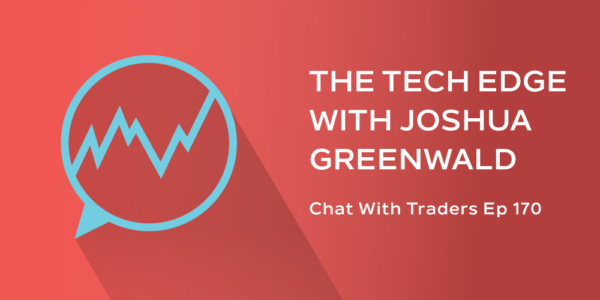

The path for investing in the financial markets follows a similar pattern for most investors. Over 100 million Americans are invested in the stock market with retirement, pension or personal money. Regular payroll deducted investment contributions are common and are designed to benefit both the employer and employee.
Individuals often begin with choosing funds for their 401k contributions or mutual funds in their personal IRA. This systematic financial discipline encourages regular participation to build a long term portfolio. The reality of fewer companies providing pension plans for retirement place the responsibility on individuals to invest consistently.
Employees are often given a basket of funds to choose their investment mix and allocation. Typically this includes vehicles that focus capital preservation, growth or a combination to balance risks. Fixed income bond funds and money market “cash” offer investment outside of the stock market as well. Stock funds that track certain indexes or sectors allow diversification within the broad market to spread risks or increase returns.
Most investment results are compared to the broad market performance of the Standard & Poor’s 500. It is an index that tracks the top 500 large cap American stocks covering about 75% of the American equity market by capitalization. This analysis is usually done on a quarterly and annual basis to compare individual investments against the market as a whole. Professional money managers are under pressure to outperform the S&P market or their jobs are in jeopardy.
Under most retirement account rules, the allocation percentages can be adjusted and investment vehicles altered easily as conditions warrant. Many investors instead focus on long term performance and often do not attempt to time market conditions. These funds are designed to take advantage possibly decades of performance for overall returns.
The methodology of the buy and hold strategy often employed in IRA and 401K accounts is the basis for most investment strategy may need some adjustment. Often time the financial diversification and long term time horizon for retirement helps minimize market risks compared to other investment strategies.
The next step for investment evolution often includes mutual funds or now the very popular Exchange Traded Funds that track specific investment sectors. One of the more attractive features of these may be the diversification lessening individual stock or market risk. Some however invest in very specific areas and therefore are taking higher risks to achieve a greater return than the market as a whole.
The recent revolution with ETF’s can be attributed to a couple of factors. Exchange Traded Fund’s may have some advantages over Mutual Funds with a lower fee structure a major benefit. Others include being able to enter or exit easily throughout the trading day and often time good liquidity resulting in better risk control. The index tracking stocks of the DIAmonds, SPYders, and nasqaQQQQ have some of the highest daily volume in the market. ETF’ also exist for an amazing amount of opportunities from global markets, foreign currency, and physical asset investment to just name a few.
A major reason for long term investment success is consistency and a diversified approach. Obviously financial objectives and risk tolerance may change for investors as their time horizon changes. Mutual funds and ETF’s and be adjusted to reflect different needs over time. The process of tying the benefit of broad market performance with a regular biweekly or monthly investment plan can make the power of the stock market attainable for all not just the expert traders.










